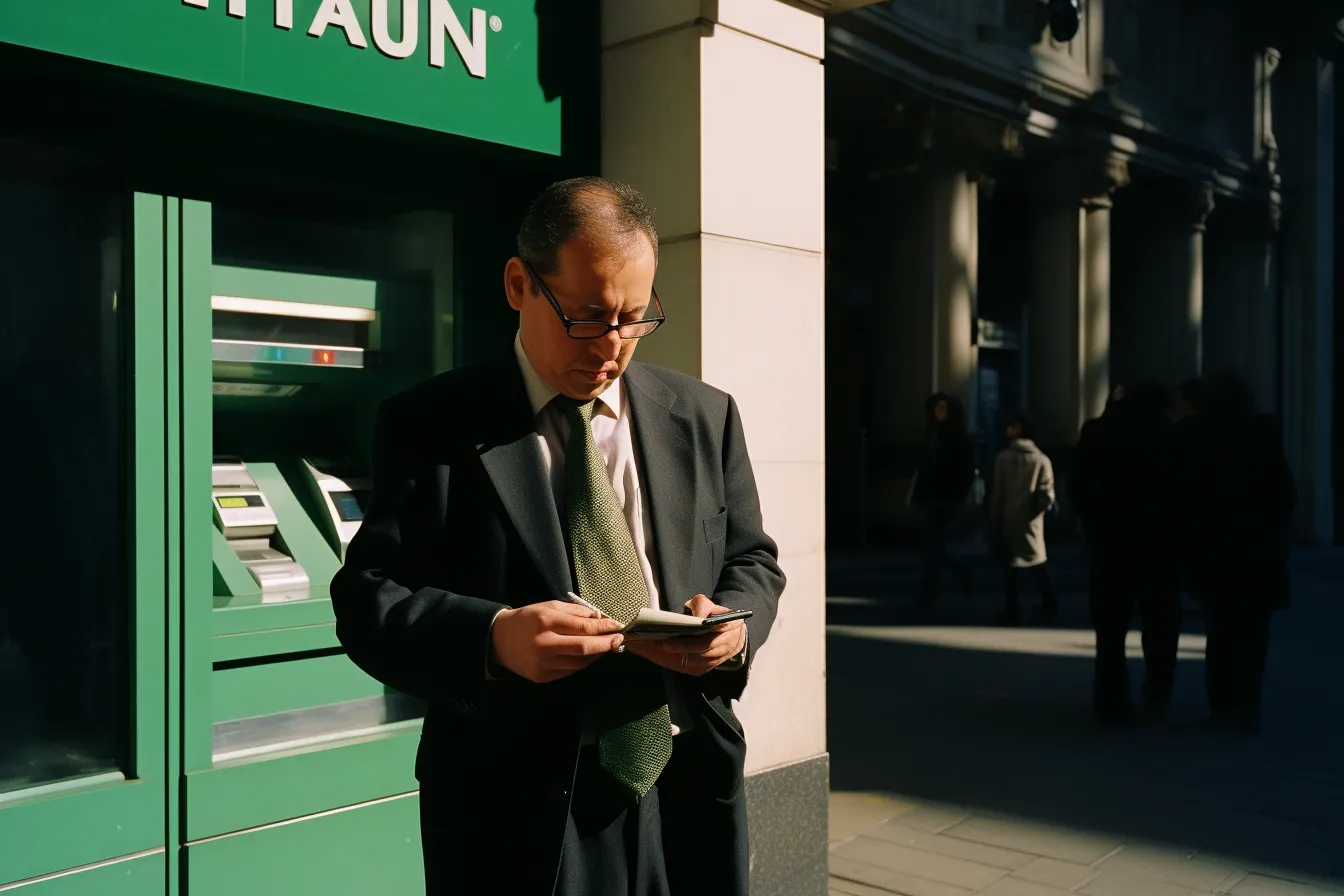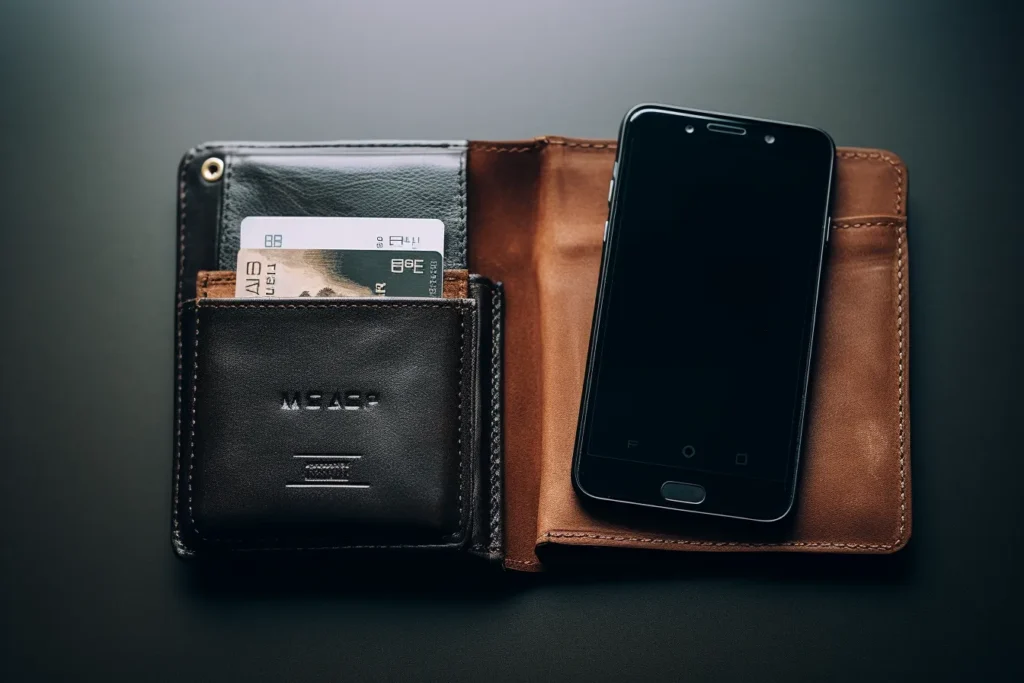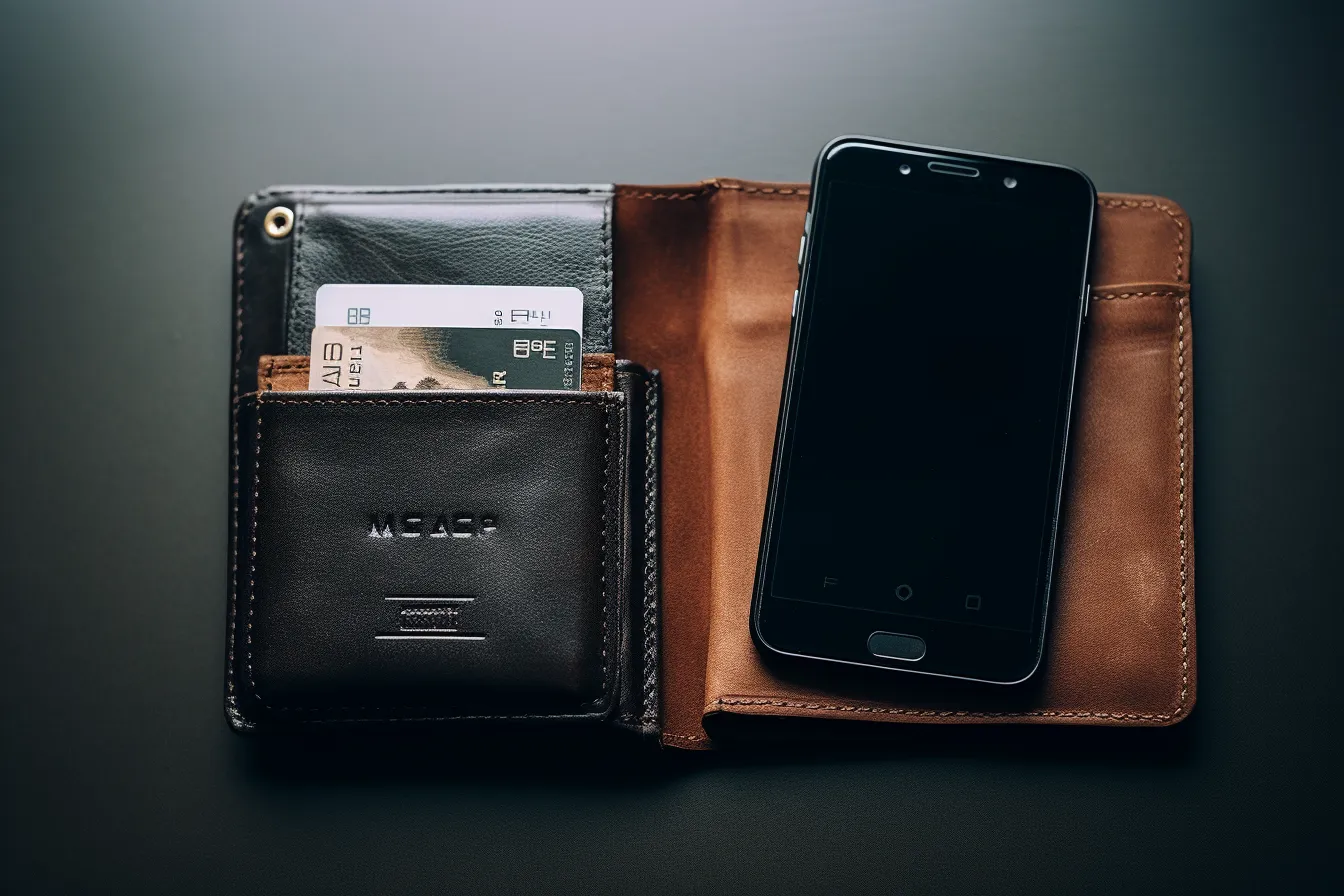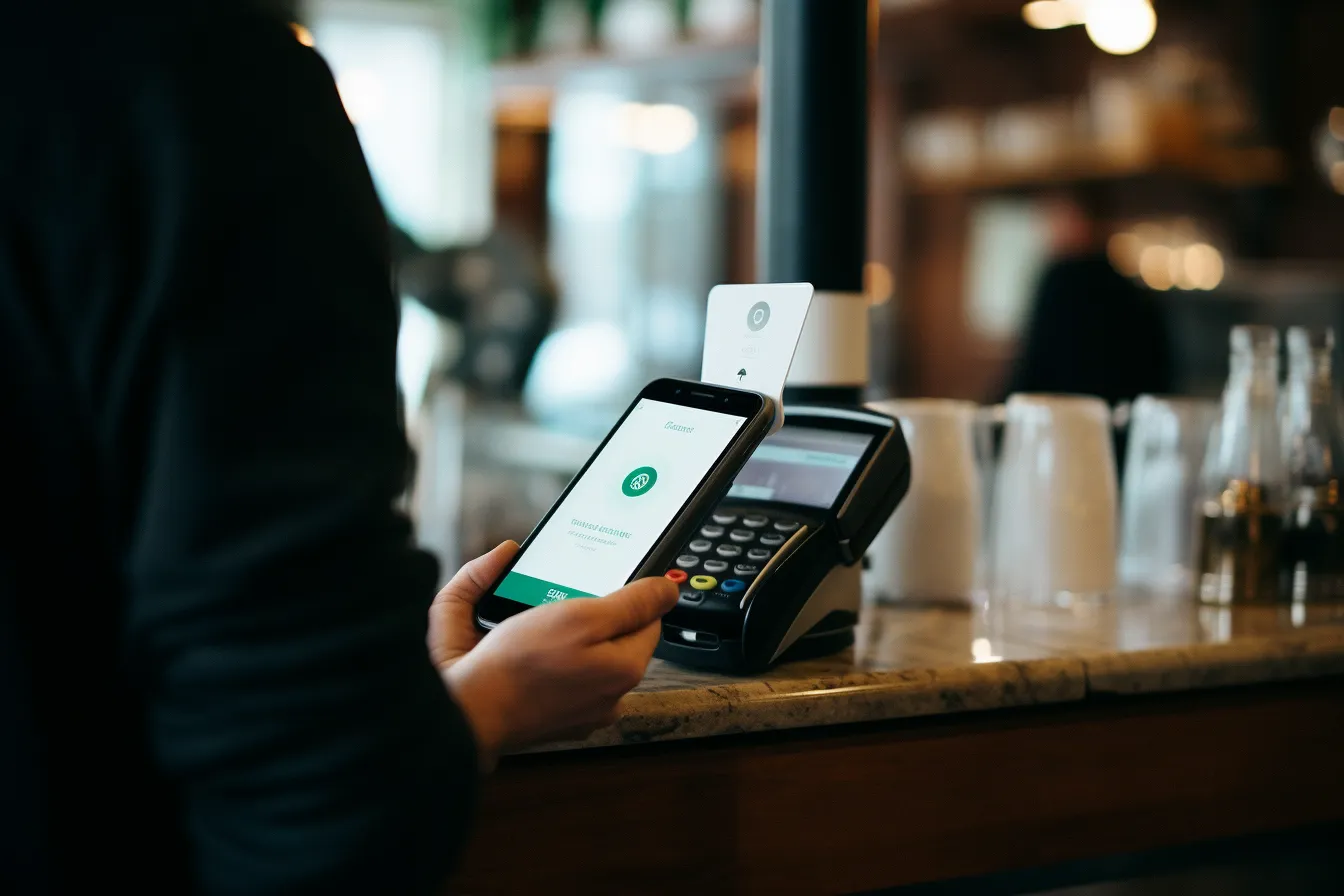Banking Fraud – How to Stay Safe
In today’s digital age, online banking has become a convenient and efficient way to manage our finances. However, it also comes with potential risks. Cybercriminals are constantly finding new ways to trick unsuspecting individuals and steal their hard-earned money. Recognizing and avoiding common banking scams is crucial to ensuring the security of your financial information. In this article, we will explore the various types of banking fraud and provide practical tips to help you stay safe.
Types of Banking Fraud
1. Phishing Scams: (also known as email scams) – These scams involve cybercriminals posing as legitimate financial institutions or companies and sending out fraudulent emails or text messages. The goal is to trick recipients into revealing their sensitive login credentials, account numbers, or personal information. Beware of unexpected emails requesting such information and always verify the source before providing any sensitive data.
2. Malware Attacks: (including Trojan horses and keyloggers) – Cybercriminals use malicious software to gain unauthorized access to your computer or mobile device. They may infect your device with a virus that captures your banking login details or observe your activities to steal private information. Regularly update your antivirus software and be cautious when downloading files or clicking on suspicious links to mitigate the risk of malware attacks.
Tips to Stay Safe from Banking Fraud
1. Strengthen Your Passwords: Avoid using common, easily guessable passwords such as “password” or “123456.” Instead, create strong passwords that include a combination of uppercase and lowercase letters, numbers, and special characters. Moreover, it is recommended to change your password regularly and avoid using the same password for multiple accounts to minimize the impact if one account is compromised.
2. Enable Two-Factor Authentication: Many banks provide the option to enable two-factor authentication, which adds an extra layer of security. This feature requires you to provide a second verification method, such as a unique code sent to your mobile device, in addition to your password when logging into your account. By enabling this feature, you make it significantly harder for fraudsters to gain unauthorized access to your account.
3. Be Wary of Suspicious Emails and Links: (And don’t click on them!) Remember that banks and financial institutions will never ask you to provide personal or financial information through email or text messages. If you receive an unexpected email requesting sensitive data or containing suspicious links, delete it immediately or report it to your bank. Avoid clicking on links provided in unsolicited messages, as they may lead to fake websites that aim to steal your login credentials.
4. Regularly Review Your Bank Statements: It is essential to monitor your bank statements regularly. Keep an eye out for any unfamiliar transactions or discrepancies, no matter how small they may be. Report any suspicious activity to your bank immediately to prevent further unauthorized access to your account.
5. Secure Your Devices: Ensure that your computer, smartphone, or tablet has up-to-date security software installed. This includes antivirus software, firewalls, and the latest operating system updates. Regularly scan your devices for malware, and avoid connecting to unsecured Wi-Fi networks when accessing your online banking account.
Conclusion
By staying vigilant and following these tips, you can significantly reduce the risk of falling victim to banking fraud. Always be cautious of suspicious emails, links, and requests for personal information. Remember that legitimate financial institutions will never ask for sensitive data unless you initiate the request through a secure platform. Protecting your financial information online is an ongoing effort, and staying informed about the latest banking scams is vital in today’s digital world.






